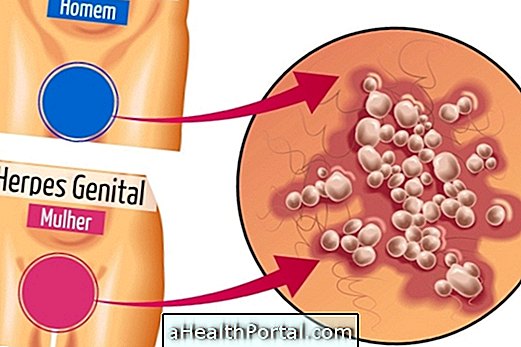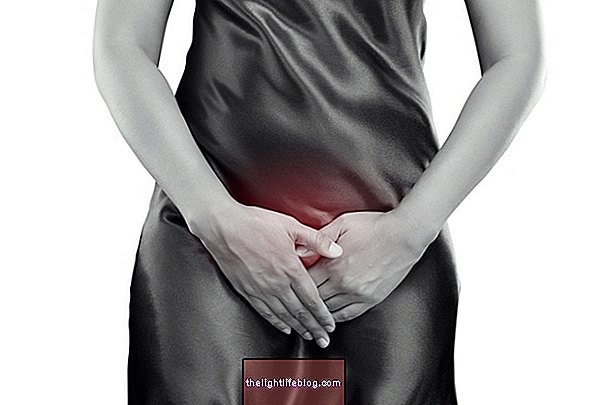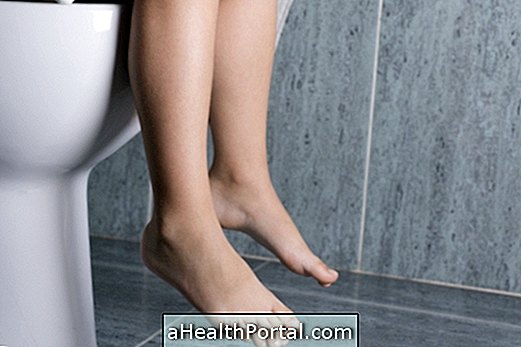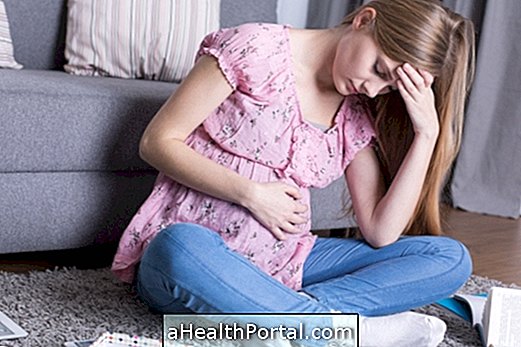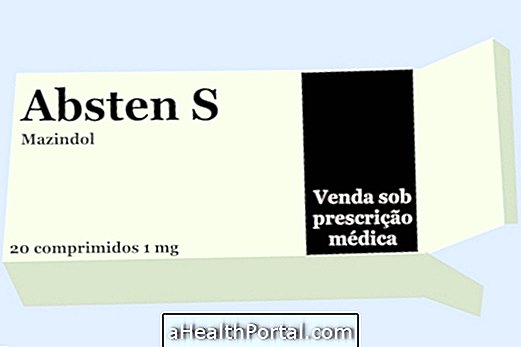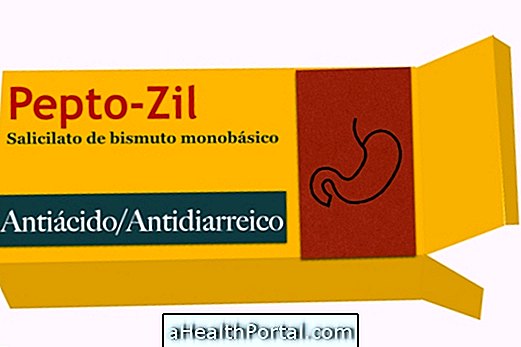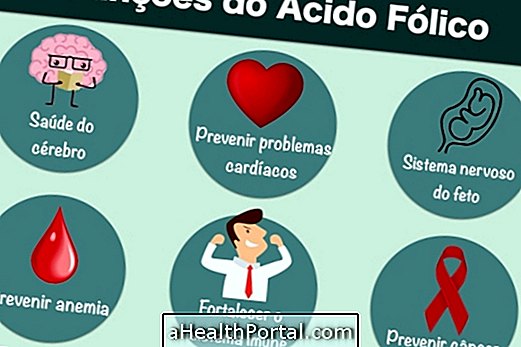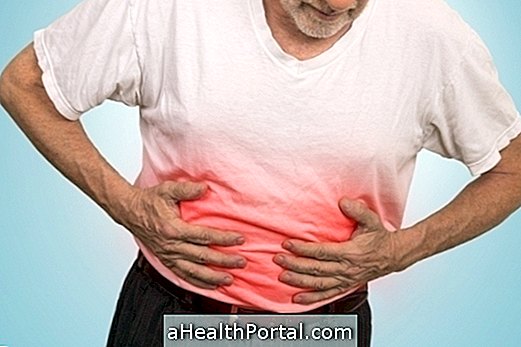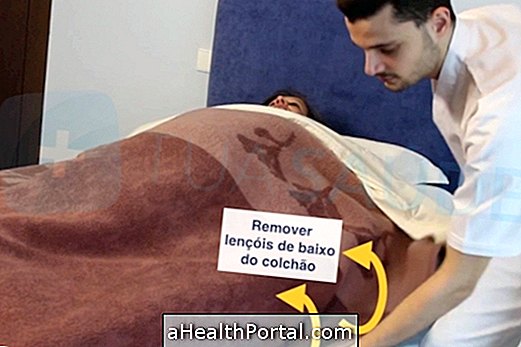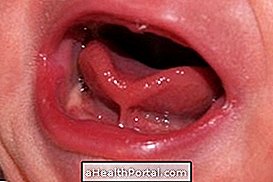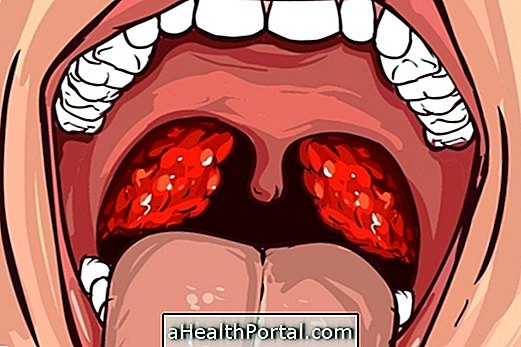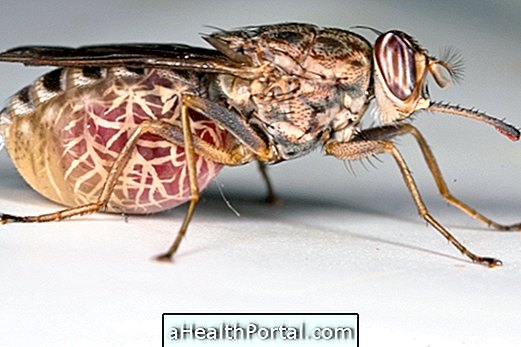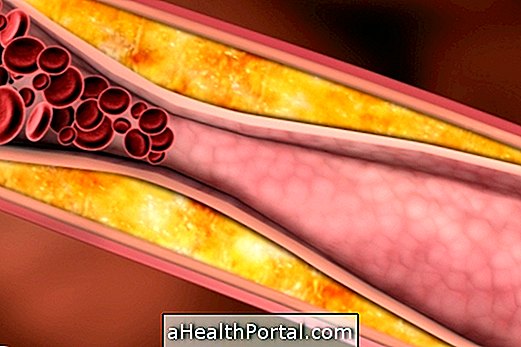The symptoms of rectal prolapse, which occurs when the final part of the intestine, called the rectum, is projected to the outside through the anus. Symptoms of rectal prolapse include:
- Observation of the rectum, a dark red, moist, tube-shaped tissue outside the anus;
- Difficulty defecating;
- Feeling of incomplete evacuation;
- Abdominal cramps;
- Changes in bowel habits;
- Diarrhea;
- "Mass" in the anal region;
- Bleeding in the anus;
- Sensation of pressure and weight in the rectum;
- Discomfort and burning sensation in the anus.
Rectal prolapse is more common in women aged 60 and older due to the anal muscle being weak and in individuals with a prolonged history of constipation due to an intense effort to evacuate.
However, rectal prolapse may also occur in children up to 3 years of age because the rectum muscles and ligaments are still developing.
Treatment for rectal prolapse
Treatment for rectal prolapse involves compression of one buttock against the other, manual insertion of the rectum into the anus, increased intake of fiber-rich foods, and intake of about 2 liters of water per day. Surgery may also be recommended in cases where rectal prolapse is frequent.
Useful links:
- What to do in case of rectal prolapse
- Rectal prolapse
- Infant Rectal Prolapse
